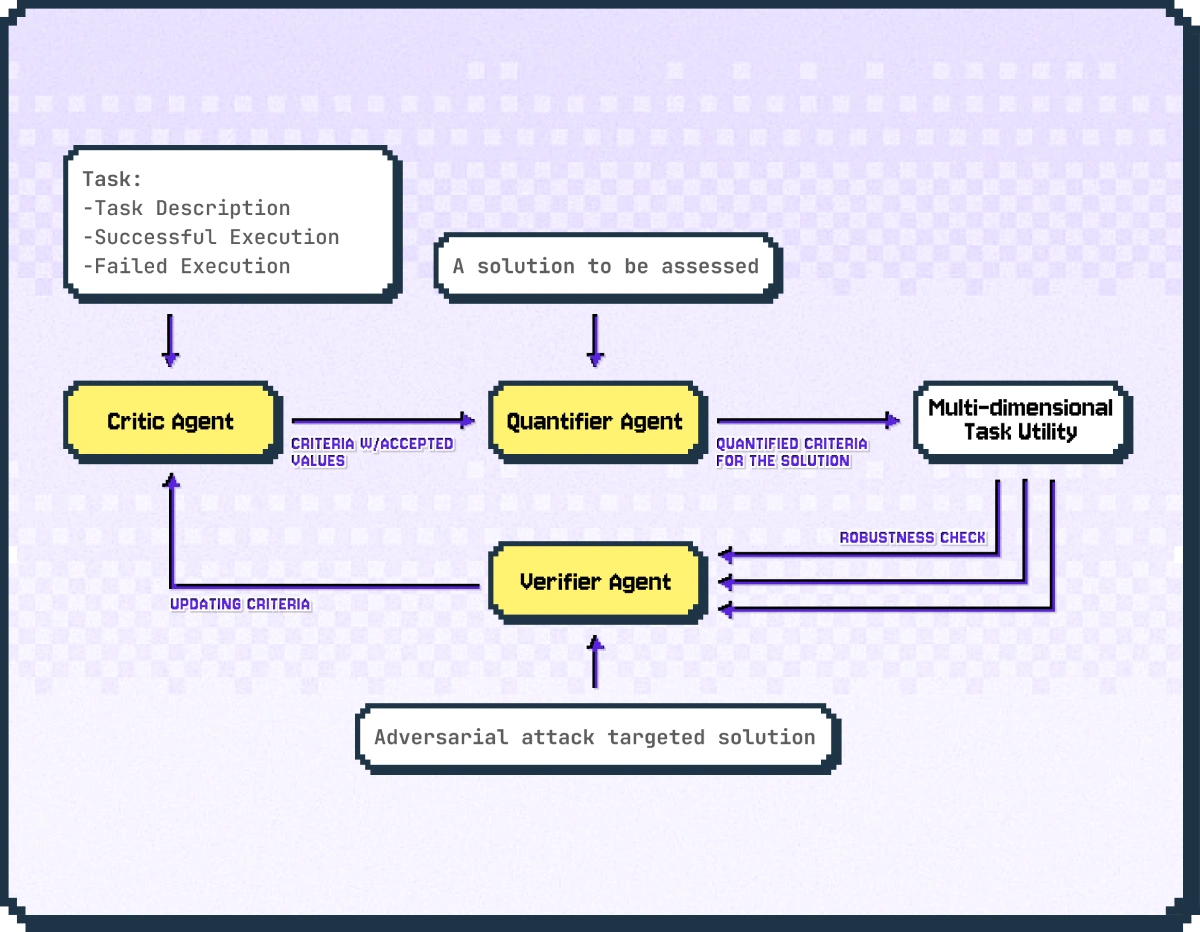

Fig.1 illustrates the general flow of AgentEval with verification step
TL;DR:- As a developer, how can you assess the utility and effectiveness of an LLM-powered application in helping end users with their tasks?
- To shed light on the question above, we previously introduced
AgentEval— a framework to assess the multi-dimensional utility of any LLM-powered application crafted to assist users in specific tasks. We have now embedded it as part of the AutoGen library to ease developer adoption. - Here, we introduce an updated version of AgentEval that includes a verification process to estimate the robustness of the QuantifierAgent. More details can be found in this paper.
Introduction
Previously introducedAgentEval is a comprehensive framework designed to bridge the gap in assessing the utility of LLM-powered applications. It leverages recent advancements in LLMs to offer a scalable and cost-effective alternative to traditional human evaluations. The framework comprises three main agents: CriticAgent, QuantifierAgent, and VerifierAgent, each playing a crucial role in assessing the task utility of an application.
CriticAgent: Defining the Criteria
The CriticAgent’s primary function is to suggest a set of criteria for evaluating an application based on the task description and examples of successful and failed executions. For instance, in the context of a math tutoring application, the CriticAgent might propose criteria such as efficiency, clarity, and correctness. These criteria are essential for understanding the various dimensions of the application’s performance. It’s highly recommended that application developers validate the suggested criteria leveraging their domain expertise.
QuantifierAgent: Quantifying the Performance
Once the criteria are established, the QuantifierAgent takes over to quantify how well the application performs against each criterion. This quantification process results in a multi-dimensional assessment of the application’s utility, providing a detailed view of its strengths and weaknesses.
VerifierAgent: Ensuring Robustness and Relevance
VerifierAgent ensures the criteria used to evaluate a utility are effective for the end-user, maintaining both robustness and high discriminative power. It does this through two main actions:
-
Criteria Stability:
- Ensures criteria are essential, non-redundant, and consistently measurable.
- Iterates over generating and quantifying criteria, eliminating redundancies, and evaluating their stability.
- Retains only the most robust criteria.
-
Discriminative Power:
- Tests the system’s reliability by introducing adversarial examples (noisy or compromised data).
- Assesses the system’s ability to distinguish these from standard cases.
- If the system fails, it indicates the need for better criteria to handle varied conditions effectively.
A Flexible and Scalable Framework
One of AgentEval’s key strengths is its flexibility. It can be applied to a wide range of tasks where success may or may not be clearly defined. For tasks with well-defined success criteria, such as household chores, the framework can evaluate whether multiple successful solutions exist and how they compare. For more open-ended tasks, such as generating an email template, AgentEval can assess the utility of the system’s suggestions. Furthermore, AgentEval allows for the incorporation of human expertise. Domain experts can participate in the evaluation process by suggesting relevant criteria or verifying the usefulness of the criteria identified by the agents. This human-in-the-loop approach ensures that the evaluation remains grounded in practical, real-world considerations.Empirical Validation
To validate AgentEval, the framework was tested on two applications: math problem solving and ALFWorld, a household task simulation. The math dataset comprised 12,500 challenging problems, each with step-by-step solutions, while the ALFWorld dataset involved multi-turn interactions in a simulated environment. In both cases, AgentEval successfully identified relevant criteria, quantified performance, and verified the robustness of the evaluations, demonstrating its effectiveness and versatility.How to use AgentEval
AgentEval currently has two main stages; criteria generation and criteria quantification (criteria verification is still under development). Both stages make use of sequential LLM-powered agents to make their determinations.
Criteria Generation:
During criteria generation, AgentEval uses example execution message chains to create a set of criteria for quantifying how well an application performed for a given task.
- llm_config (dict or bool): llm inference configuration.
- task (Task): The task to evaluate.
- additional_instructions (str, optional): Additional instructions for the criteria agent.
- max_round (int, optional): The maximum number of rounds to run the conversation.
- use_subcritic (bool, optional): Whether to use the Subcritic agent to generate subcriteria. The Subcritic agent will break down a generated criteria into smaller criteria to be assessed.
- llm_config (dict or bool): llm inference configuration.
- criteria (Criterion): A list of criteria for evaluating the utility of a given task. This can either be generated by the
generate_criteriafunction or manually created. - task (Task): The task to evaluate. It should match the one used during the
generate_criteriastep. - test_case (str): The execution chain to assess. Typically this is a json list of messages but could be any string representation of a conversation chain.
- ground_truth (str): The ground truth for the test case.
What is next?
- Enabling AgentEval in AutoGen Studio for a nocode solution.
- Fully implementing VerifierAgent in the AgentEval framework.


